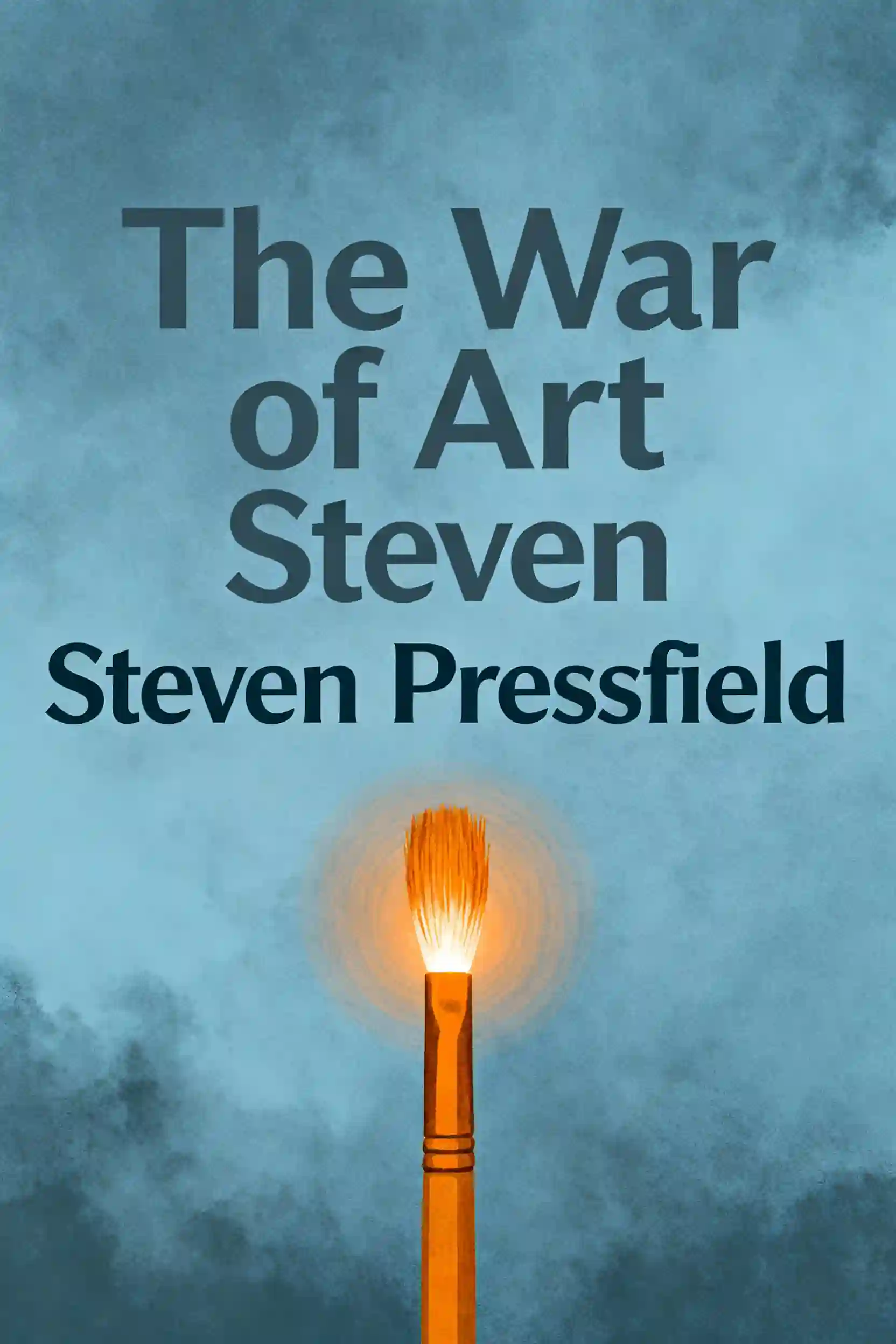The War of Art by Steven Pressfield

Overview of The War of Art
Pressfield's battle manual against "Resistance" - the invisible force blocking your creative genius. Endorsed by bestselling author Jay McInerney as "amazingly cogent," this 2002 classic has transformed countless artists, writers, and entrepreneurs from amateurs into unstoppable professionals. Your creative breakthrough awaits.
About its author - Steven Pressfield
Steven Pressfield, bestselling author of The War of Art: Break Through the Blocks and Win Your Inner Creative Battles, is a leading voice on creativity and overcoming self-sabotage. A former Marine and screenwriter, Pressfield draws from decades of personal struggle—including homelessness and career pivots—to explore themes of resistance, discipline, and artistic devotion in his nonfiction work. His expertise spans historical fiction and motivational writing, with notable works like Gates of Fire (taught at West Point and the Marine Corps Basic School) and The Legend of Bagger Vance, adapted into a film directed by Robert Redford.
Co-founder of Black Irish Books, Pressfield blends philosophical insights with practical advice, rooted in his experiences as a novelist, advertising copywriter, and Hollywood scriptwriter. The War of Art has become a cult classic among artists and entrepreneurs, praised for its actionable framework to combat procrastination.
His other guides, including Do the Work and Turning Pro, expand on his principles of creative professionalism. Translated into over 20 languages, Pressfield’s works continue to inspire millions to confront resistance and pursue meaningful work.
Key Takeaways of The War of Art
- Resistance is the silent force killing creative potential daily.
- Turning pro means showing up unconditionally, not waiting for inspiration’s permission.
- The more Resistance you feel, the more vital your unseen work becomes.
- Rationalization fuels procrastination by masking fear as logical excuses for inaction.
- Professionals detach from outcomes; amateurs stake their self-worth on every project.
- Sylvester Stallone’s Rocky victory proves outlasting Resistance beats raw talent every time.
- Ego demands external validation; the true self creates for creation’s sacred sake.
- Fear isn’t a stop sign—it’s a compass pointing to your destiny’s work.
- “The War of Art” reframes rejection as data to upgrade your craft’s armor.
- Pressfield’s muse only visits those already laboring at their desk’s altar.
- Instead of fearing criticism, use it to refine your craft’s integrity.
- Resistance shrivels when you commit to daily rituals over sporadic bursts of passion.

























